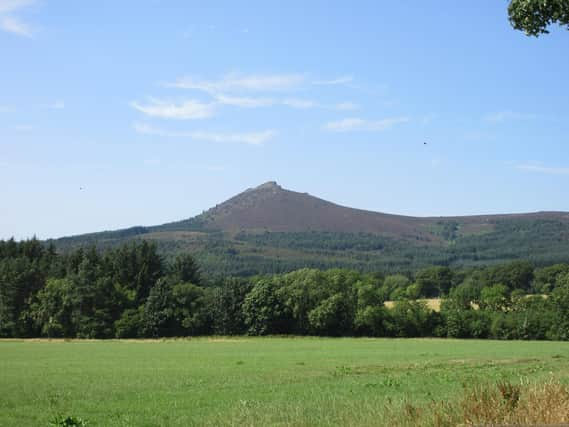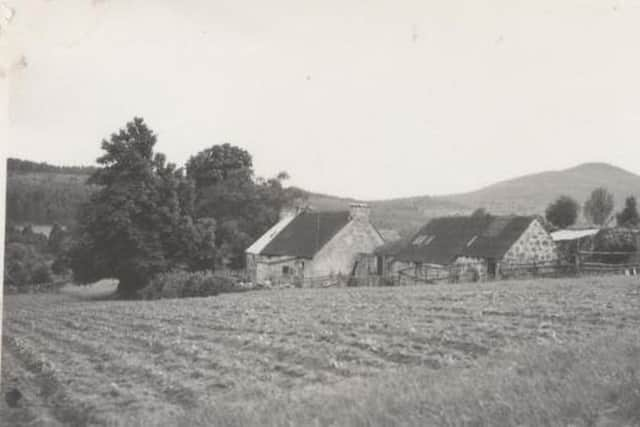The crofters who 'colonised' a famous Scottish hill for 100 years


The settlers took over the south eastern slopes of Bennachie in Aberdeenshire from the mid 19th Century. Forced from their farms as landowners sought higher profits, the displaced crofters and sub tenants created a new settlement on the hillside, building houses in quick time and creating new plots to cultivate.
This new community became known as the “Bennachie Colony” with the Littlejohns the first family to arrive in the late 1830s. By 1851, 56 people called it home.
Advertisement
Hide AdAdvertisement
Hide AdColin Miller, of conservation group Bailies of Bennachie, said: “Legally they were seen as squatters . There was a legal complication surrounding the land, which was the attraction to the settlers.


“The land on the slopes was held as a commonty that was owned collectively by the surrounding land owners, with nobody having exclusive control.”
And the people came to Bennachie, buidling houses from the plentiful supply of stones that lie over the hillsides. One family arrived in the morning, and by night they eat their evening meal in the kitchen they had just fashioned, according to one account.
Mr Miller added: “I think there was a degree of sympathy for the colonists. They came in for some criticism, they were viewed as having stepped out the norms of society. But there are instances of local farmers coming to help them plough their ground, for example, and we know that was still going on until the 1930s.
“It is hard to picture it now as there is extensive foresty over much of the ground, but in around half a mile there would have been 10 dwellings with their lums reeking and people working on the land, children playing. There would have been lots of activity
In 1859, the landowners finally secured the legal right to divide up the land around the hill and charge rents.
Colonel Charles Leslie of Fetternear owned most of the settled lands and drew up leases for his tenants, who were given access to peat and to quarrying.
A couple of tenants quickly fell into rent arrears with Alex Littlejohn and 13 relatives or associates evicted in either late 1887 or early 1888. Mr Littlejohn was around 80 at the time.
Advertisement
Hide AdAdvertisement
Hide AdA report in the Herald and Weekly and Independent Free Press in January 1888, said: “The witness...saw them all with their poor furniture amongst the heather. They witnessed the burning of their own cabins until a farmer out of compassion took them to his own house.”
Research by Alison Kennedy of the Bailies of Bennachie found that the population of Bennachie started to fall after rents came in.
Three years after the rents were introduced, the number fell to 42. By 1881, just three people remained.
The last person to leave was George Esson, who held on to life on the hill until 1939.
Ms Kennedy said: “George was born on the hillside and he died on the hillside. After he died the local minister put up a headstone on his grave, which described him as being “descended from the first and himself the last of the Colonists of Bennachie.”